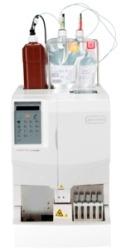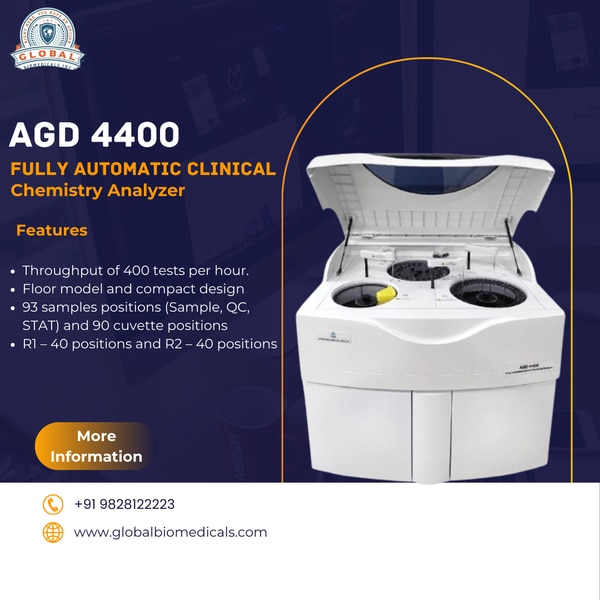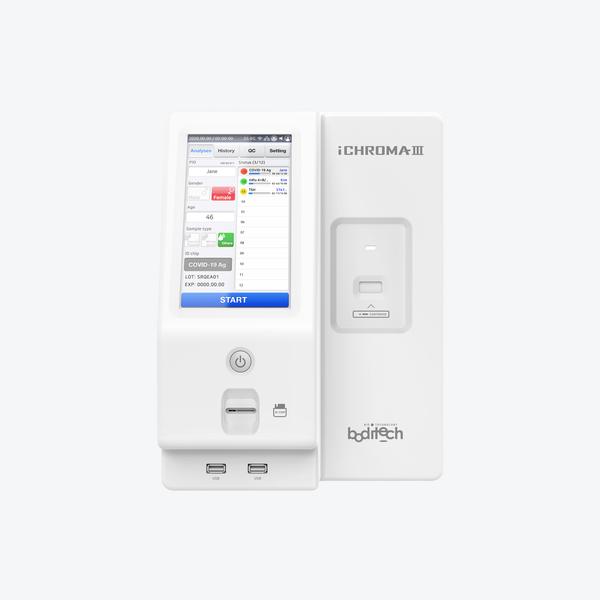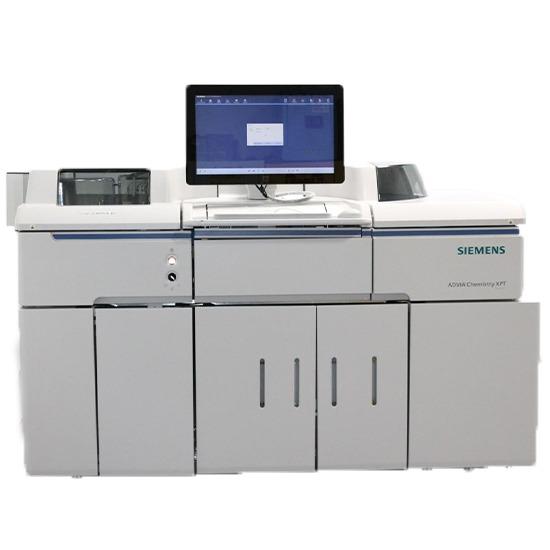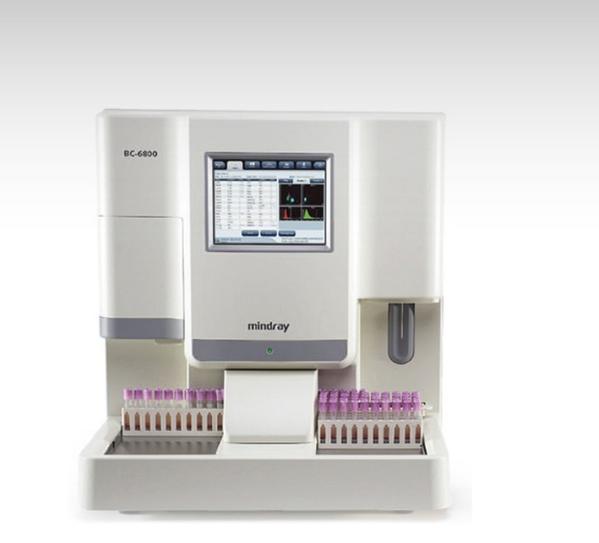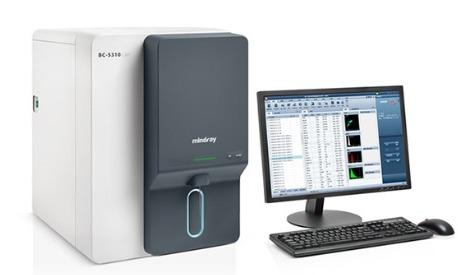For smaller Laboratories Smaller, but with full functionality Compact size Full functions and performance in a compact size. *Size comparison with HA-8180V Accuracy HPLC technology provides accurate results-inluding detailed chromatogram. it will be shown in both IFCC and NGSP units. Cap-piercing method ADAMS Lite uses a cap-piercing method which enables the placement of capped blood samples. This not only reduces the workload but also helps protect lab technicians from infection. Easy-to-maintain No special tools are required for daily maintenance. Exchanged parts are hand-tightened, minimizing the workload of users. Specifications Measurement objects Whole blood or hemolysis sample Measured items Fast Mode: HbA1c (Stable HbA1c, S-A1c) and HbF Variant Mode: HbA1c (Stable HbA1c, S-A1c) and HbF (HbS and HbC separation and HbE and HbD detection can be performed). Measurement principle Reversed-phase cation exchange chromatography Measurement wavelength 420 nm/500 nm (Dual-wavelength colorimetry) Resolution 0.1% Ratio, 1 mmol/mol Measurement range HbA1c: 3 - 20%, 9 - 195 mmol/mol HbF: 0 - 100% Processing speed Variant mode: 160 seconds/test Fast mode: 100 seconds/test Sample consumption Whole blood sample: Approximately 4µL Anemia sample: Approximately 8 µL Hemolysis sample: Approximately 350 µL Sample container Sample tube: (12.3 or 15 mm in outer diameter) × (75 to 100 mm in height) Sample cup: 500 µL Sample supply Piercing sampling Compatible rack type ARKRAY racks (for 5 samples) Operating environment Temperature: 10 - 30°C; Humidity: 20 - 80% RH (No condensation) Display 20 digits × 2 lines LCD Printer For use with 58-mm width thermal printer paper Number of measurement samples Maximum 10 samples Power requirements AC 100 - 240 V±10%, 50/60 Hz Dimensions 330 (W) × 515 (D) × 485 (H) mm (Not including protrusions, eluent packs and hemolysis washing solution bottle)
Send Message